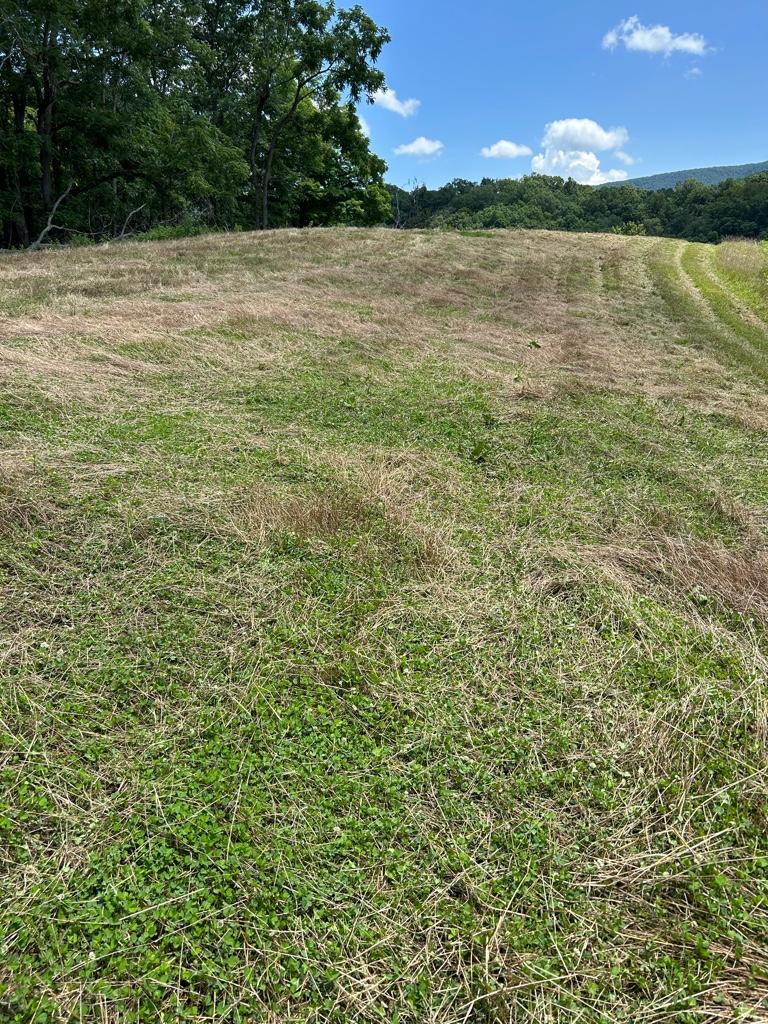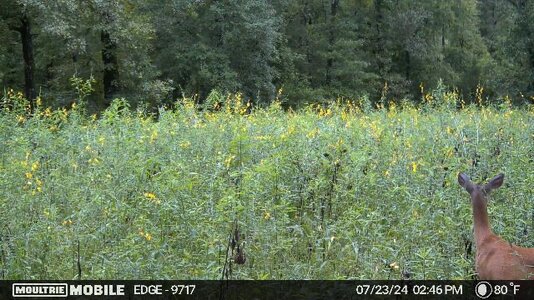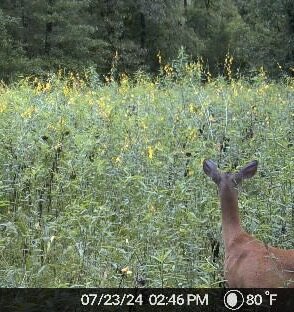You guys are saying not to even scratch the soil, but doesn't a no-till drill scratch the soil. I have quit bottom plowing and/or rototilling, but will use my offset disk after herbicide burn down and before seeding. Our soil is so hard that it will only cut in about an inch or two but will dig out some of the brush stumps. Then I will broadcast the seed and run the cultipacker over it. Then PRAY FOR RAIN. We are recovering old hay fields that have grown up to brush. Thought I would just use winter rye, oats, field peas, buckwheat (if the price is down) along with radish and purple top turnips. No clover, but should I use an annual red clover to raise the N? I think I'll have to repeat this for 2-3 years to kill the brush then I'll introduce perianal clover.
Introducing oxygen into the soil speeds the microbial action burning OM faster. The deeper and more frequently you till the faster OM is consumed. Fertile deep loam with high OM can handle traditional tillage and still produce, even for many years. As soil quality and OM declines, natural nutrient cycling diminishes. Tillage also causes soil moisture loss. This can be a real issue in some climates and less important in others.
Some seed will germinate just fine with surface broadcast and cultipacked, and even without cultipacking if you have a good hard rain right after planting. Other larger seeds like soybeans and corn don't surface broadcast well.
So, one key is choosing crops that will do well based on your equipment and techniques and climate.
A no till drill has openers, coulters, and some kind of closer for each row. For some of the large seed, you need to get it planted to some depth. So, the drill only disturbs a small percentage of the soil in the field and it gets those seed planted at a depth where they will germinate.
We typically think of no-till drills as essentially doing no tillage because the disturbance is so minimal. When you surface broadcast and cultipack seeds that will germinate with that technique, you actually have zero disturbance. I usually do it this way, not because of less disturbance than a no-till drill, but because it is faster for me with my drill.
I would consider light disking or using a raised tiller so the tines only hit the top inch of soil as min-till. With light disking, I'm setting the disk at an non-aggressive angle and making one pass with no added weight. When I stand away from the field, I want it to look more mowed than tilled. I don't want to see brown. I just want to see vegetation.
Large seed like beans and corn don't germinate well if not planted deep and covered, so why would someone want to min-till vs surface broadcast and cultipack? There are several reasons for this. When converting from traditional tillage, low OM clay soils can crust. This crusting can significantly reduce germination and breaking it a bit can produce better results than surface broadcasting. You do lose some moisture this way, but not nearly as much as traditional disking where the field is brown when you are done.
We can compensate for lower germination rates to some extent by higher seeding rates, but that only goes so far.
Building OM is a slow process. It is kind of like composting. You want to select crops that balance between Carbon and Nitrogen (browns and greens of composting). You will build some OM top down as the crops die and desiccate, but much will be built by the root systems. Crops in the grass family (like corn, sorghum, or small grains) provide C and legumes in your mix provide N. Microbes do the rest.
Soil disturbance is not always bad. It can be good. It is deep and/or repeated tillage year after year that becomes problematic. For example soil disturbance often gets sunlight to the soil and encourages native forbs. This can be done with fire or a disk, but it is typically done 3 or 4 years apart.
Now for your situation. The first chore with an old hay field is usually getting rid of the fescue and other non-native grasses. This is generally best done by spraying in the fall.
As for your mix, the peas are legumes, but adding an annual clover is not a bad idea. Keep in mind that we are playing the long game. Most of the N that legumes fix from the air is released with they die. So, the peas and clover you plant this year will lave less impact on the current crop than the next one.
If you have hardwoods encroaching into the field, you might want to consider renting a small mini-excavator for a day and pulling them as step one. The cool season pasture grasses will best be killed by spraying later in the fall cool season. I would be tempted to skip the fall plant and work on grass termination. You could spray again in early spring to catch any cool season grasses that survive. Later in the spring you could disk and plant a smother crop of buckwheat and sunn hemp. That would put you in a good position to plant you rmix next fall with either light or not disking.
Best of luck!








